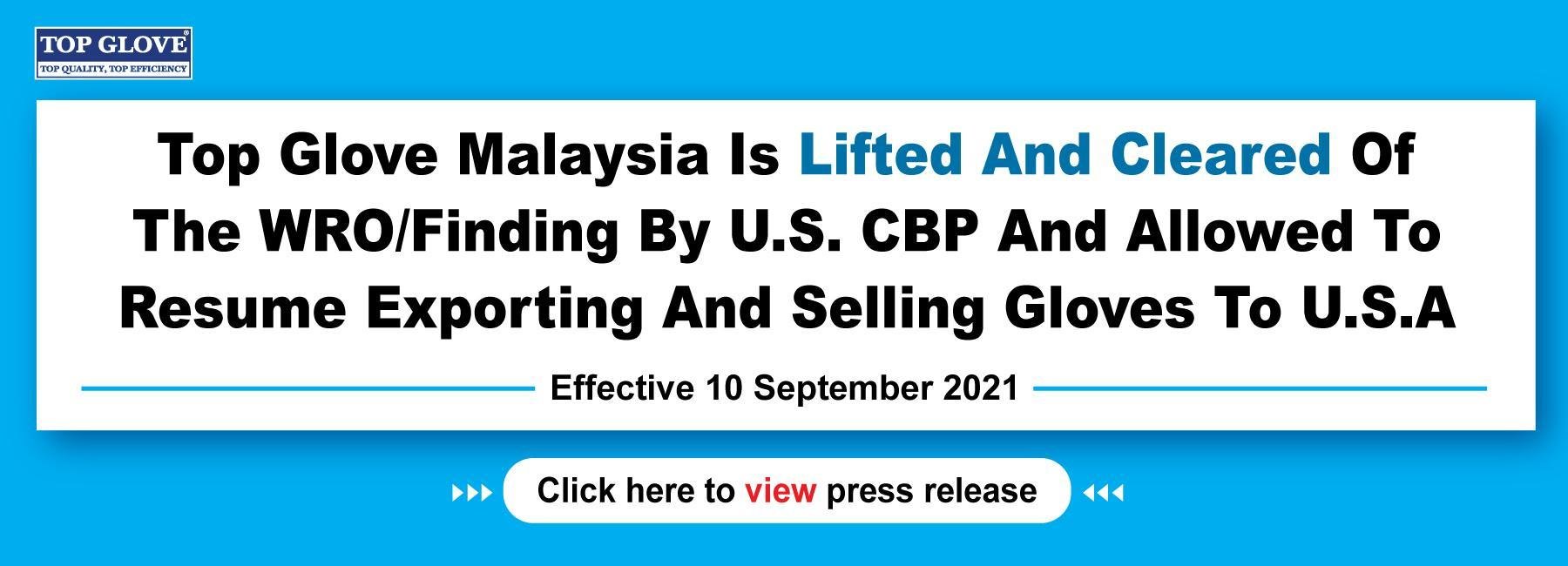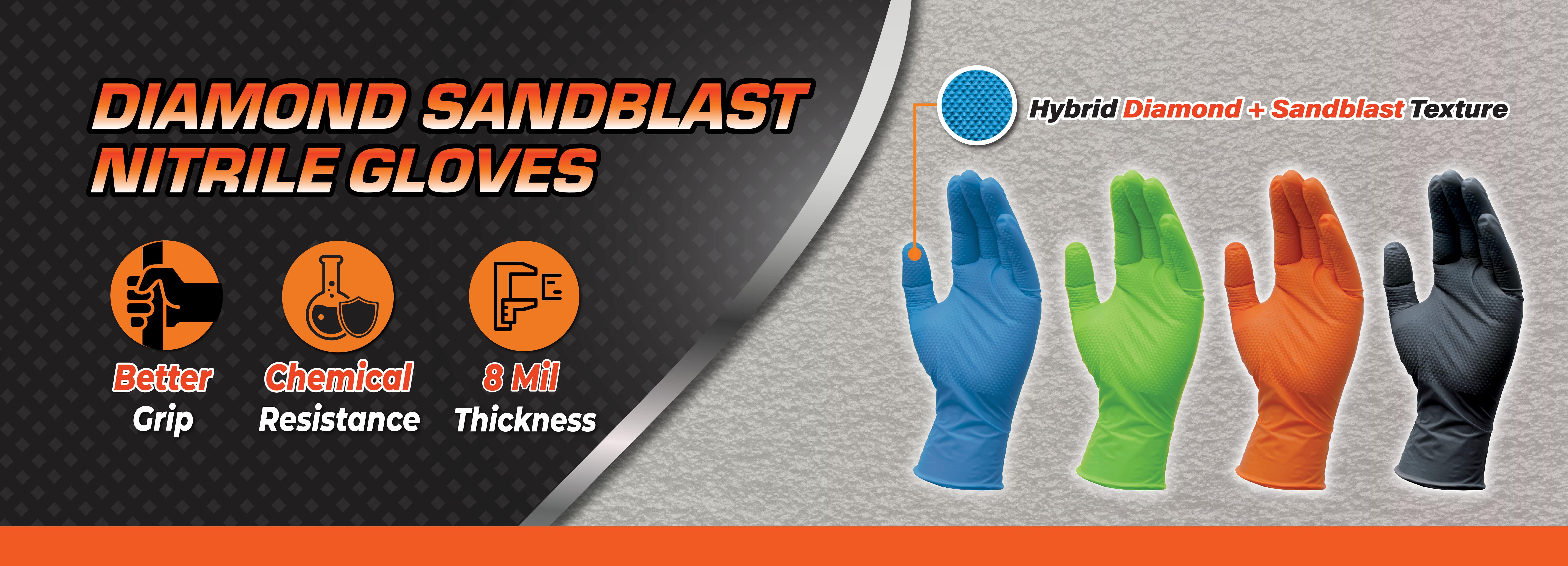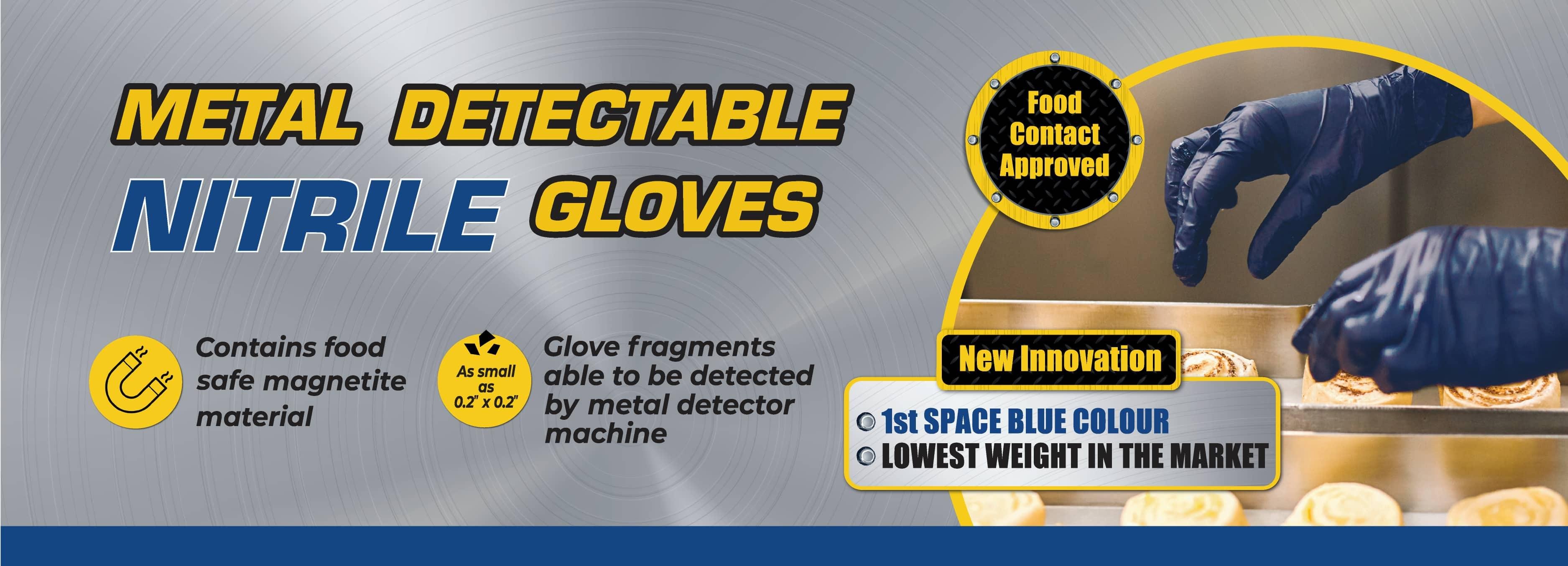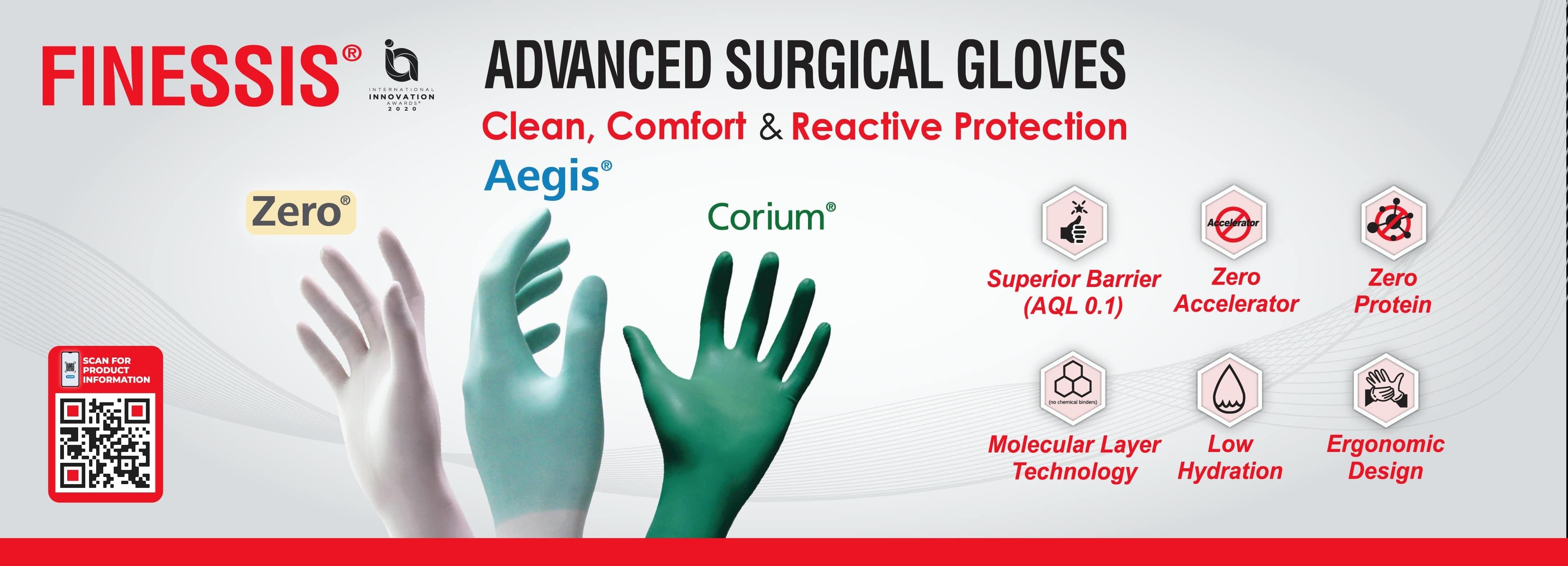TOP GLOVE A TOP PICK AMONG ANALYSTS
29 December 2015 / 12:12
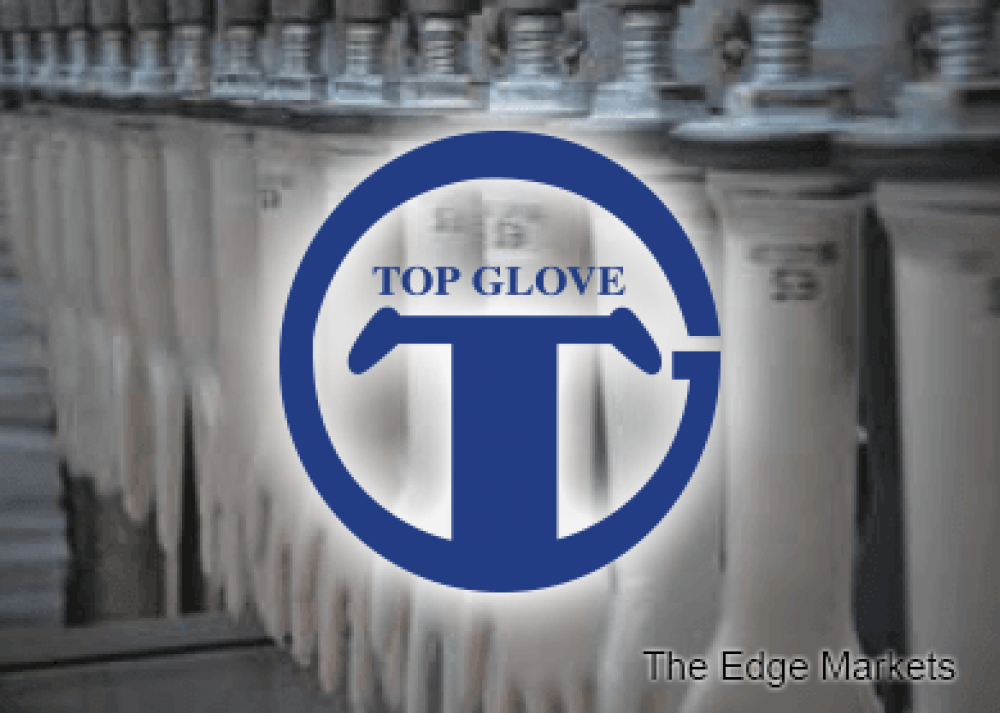
KUALA LUMPUR: Top Glove Corp Bhd has emerged as a top pick among analysts as the company is expected to continue reaping the positive factors — robust demand, low costs of raw materials and strong US dollar — that has worked wonders for the glove sector this year, in 2016.
Top Glove’s chairman Tan Sri Dr Lim Wee Chai said that prospects for the industry remain promising as demand for rubber gloves, which is an essential item in the healthcare sector, will continue to grow steadily at a rate of 5% to 6% every year.
“However, the environment will continue to be competitive as glove players increase their nitrile glove capacity,” Lim told The Edge Financial Daily.
Lim also noted that the group is prepared for the expected cycles, where supply exceeds demand, as it has seen the industry go through several such cycles over the past 30 years.
“Oversupply may eventually cause the industry to go through a period of consolidation, during which the less-efficient players will be phased out and this bodes well for the industry, as it will balance up the supply and demand situation.
“Such a situation will also present opportunities for us to expand via merges and acquisitions (M&A),” Lim said, noting that the group is aggressively looking into expansion via M&A to increase its market share.
He is also confident that the group’s performance in the financial year ending Aug 31, 2016 (FY16) will improve with the group’s ongoing quality and cost efficiency enhancements via automation, computerisation and technology transformation initiatives, coupled with its new capacity.
Although the group has been revising prices and passing back the saving from raw materials to the customers, Lim said the group is still able to maintain its margin due to efficiency savings, which stem from Top Glove’s internal improvement initiatives.
Lim also noted that the US dollar is also expected to remain strong while raw materials prices will generally remain soft.
“However, while such tailwinds may persist, the group does not depend on them,” Lim added.
Lim also anticipated some increases in utility costs and certain raw materials.
“The natural gas price hike may affect our production cost, if the gas price increases too much. However, it is unlikely to increase by much because of the prevailing low crude oil price in the world market,” he added.
The gas tariff in Peninsular Malaysia has risen by 10.3% to RM21.80 per million British thermal units (mmBtu) from RM19.77 per mmBtu from July 1 to end-December.
The Malaysian Rubber Glove Manufacturers Association (Margma) estimated the additional cost of 45 US cents (RM1.94) to75 US cents per 1,000 pieces of nitrile gloves and about 35 US cents to 55 US cents for latex gloves following the gas tariff hike.
However, analysts attached to local investment banks have expected tariff hikes on natural gas and the 2% electricity tariff hikes effective January 2016 to be minimal as the glove makers are able to pass on the cost increase.
RHB Research Institute analyst Wong Cheng Horn said the fundamental outlook for the glove sector remains robust in 2016 underpinned by strong demand, and improving operating efficiency.
He noted that export numbers in the first half of 2015 continued to be strong with nitrile gloves, an area in which most Malaysian manufacturers have expanded, registering a 20% year-on-year (y-o-y) improvement in sales volume. Separately, Margma also forecast 2015 total rubber glove exports to expand 20% y-o-y to RM12.8billion.
Growth for the sector will continue to be led by capacity expansion as manufacturers offset falling average selling prices from both stronger competition and cheaper raw material prices with higher sales volume, Wong said.
“We remain cautious on the valuation of the sector, noting that the rubber glove sector is currently trading at a 24.1 times one-year forward price-earnings ratio (PER), which is markedly above its historical trading band of 21.7 times.”
He said better-than-expected improvements in operating efficiency and further weakness in the ringgit and raw material prices would be positive to the sector while heightened competition among glove manufacturers would lead to lower average selling price.
Should the ringgit stabilise against the US dollar going forward, Wong opined that glove manufacturers would benefit less from currency gains as they pass on currency savings to their clients through their cost pass-through mechanism.
RHB Research’s top pick for the sector is Top Glove for its exposure to the sector due to improving operating efficiency (million pieces glove per worker per year improved to 3.42 in FY15 from 3.18 in FY14).
Other positives include its improving product mix — 32% nitrile gloves in the fourth quarter of FY15 and expected to improve to 50% nitrile gloves in five years’ time — and potential M&A opportunities.
“Top Glove has announced that they might raise up to RM1 billion worth of loans for potential M&As. Coupled with their cash pile of roughly RM900 million, Top Glove could potentially have an M&A war chest of almost RM2 billion,” Wong added.
Kenanga Research also preferred Top Glove compared with other glove makers, as the PER valuation of Top Glove, 17.8 times FY16 earnings, has unwarrantedly lagged its peers such as Kossan Rubber Industries Bhd (19.6 times) and Hartalega Holdings Bhd (25.4 times).
“Our implied target PER of 20 times for Top Glove is still below its peak earnings’ valuation averaging between 23 to 26 times. We like Top Glove for its ability to evolve from purely a dominant latex-based rubber gloves producer into a higher-margin nitrile-based product; undemanding PER valuation discount to peers; and solid management,” Kenanga said.
According to Bloomberg data, Top Glove has 14 buy calls, five holds and two sells, with a consensus target price of RM13.73. The highest target price was from Macquirie at RM16.70.
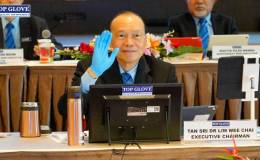

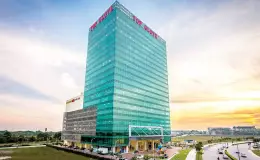
-cropped.jpg)

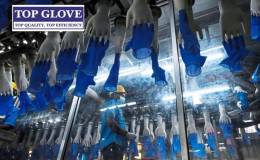

.jpg)
 (1).jpg)

.png)
.png)
.png)
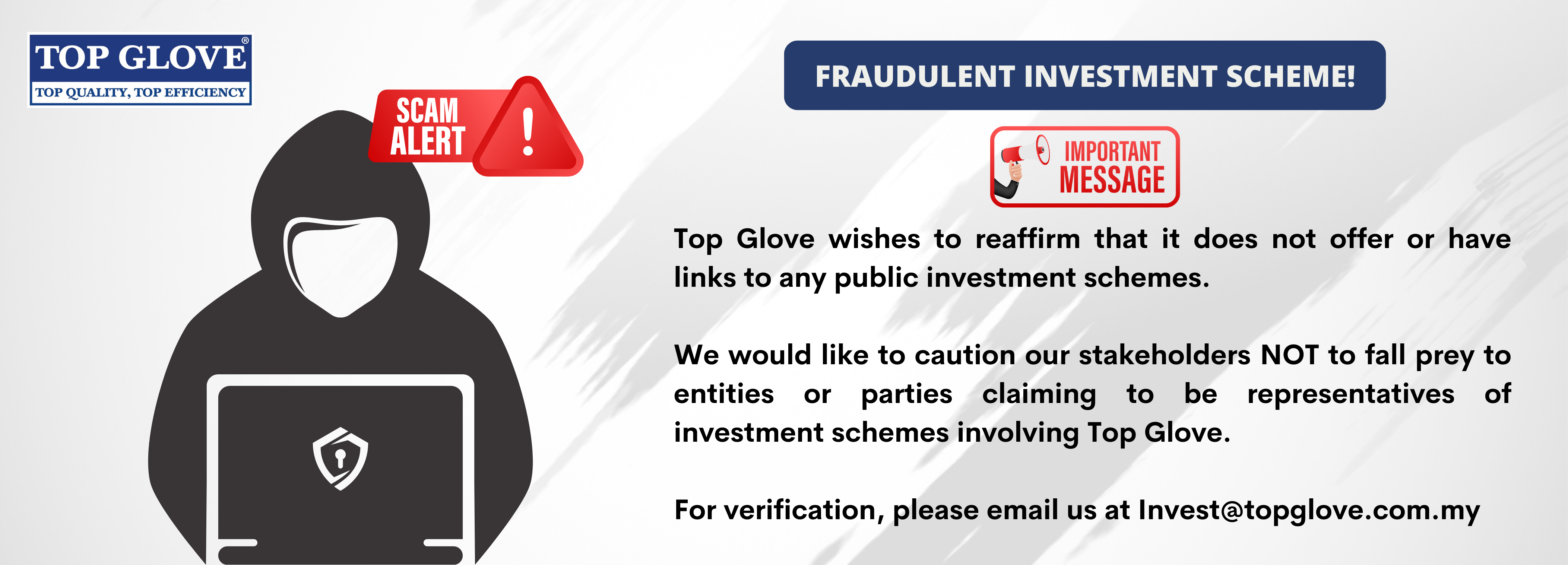
.png)
.png)
.png)
